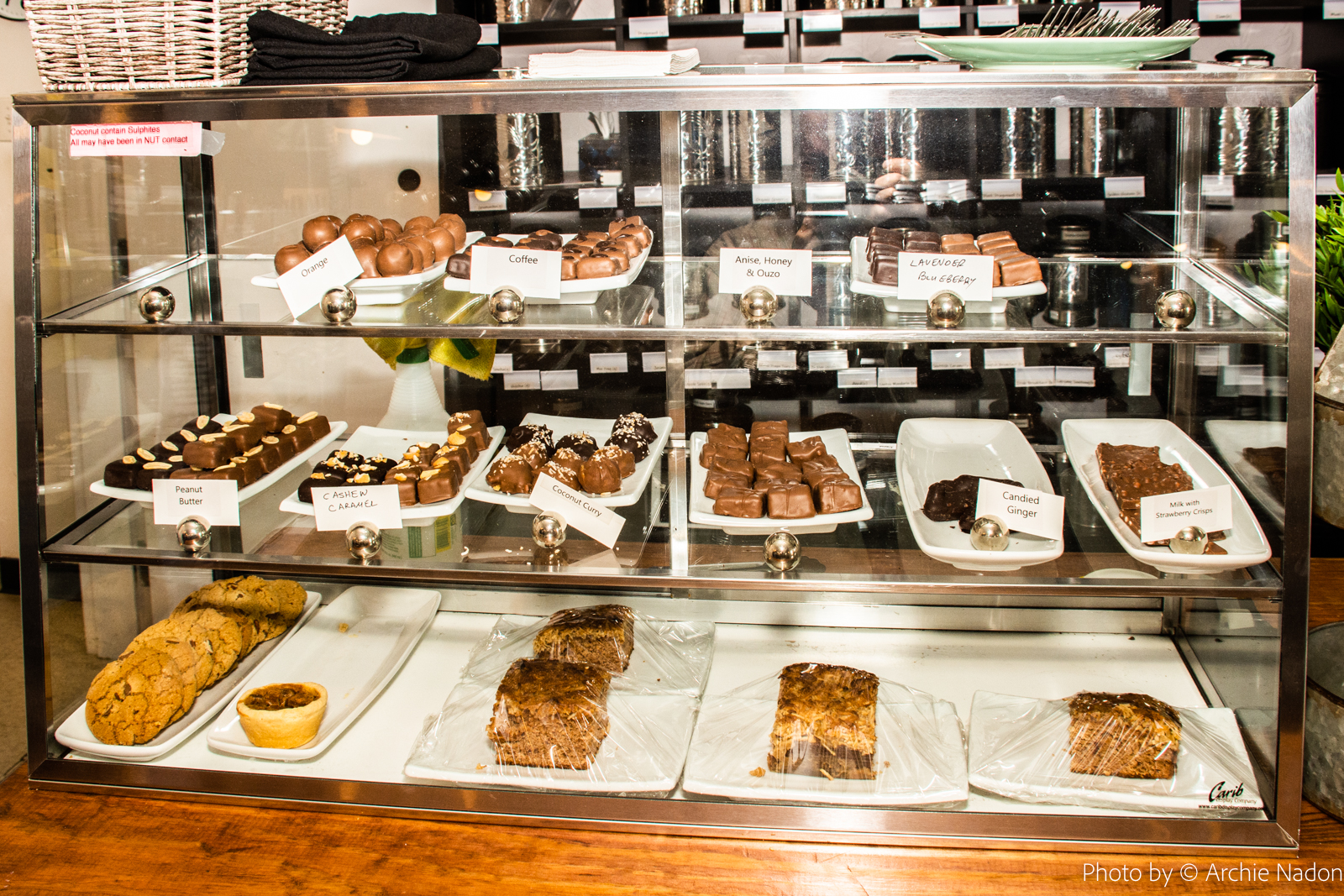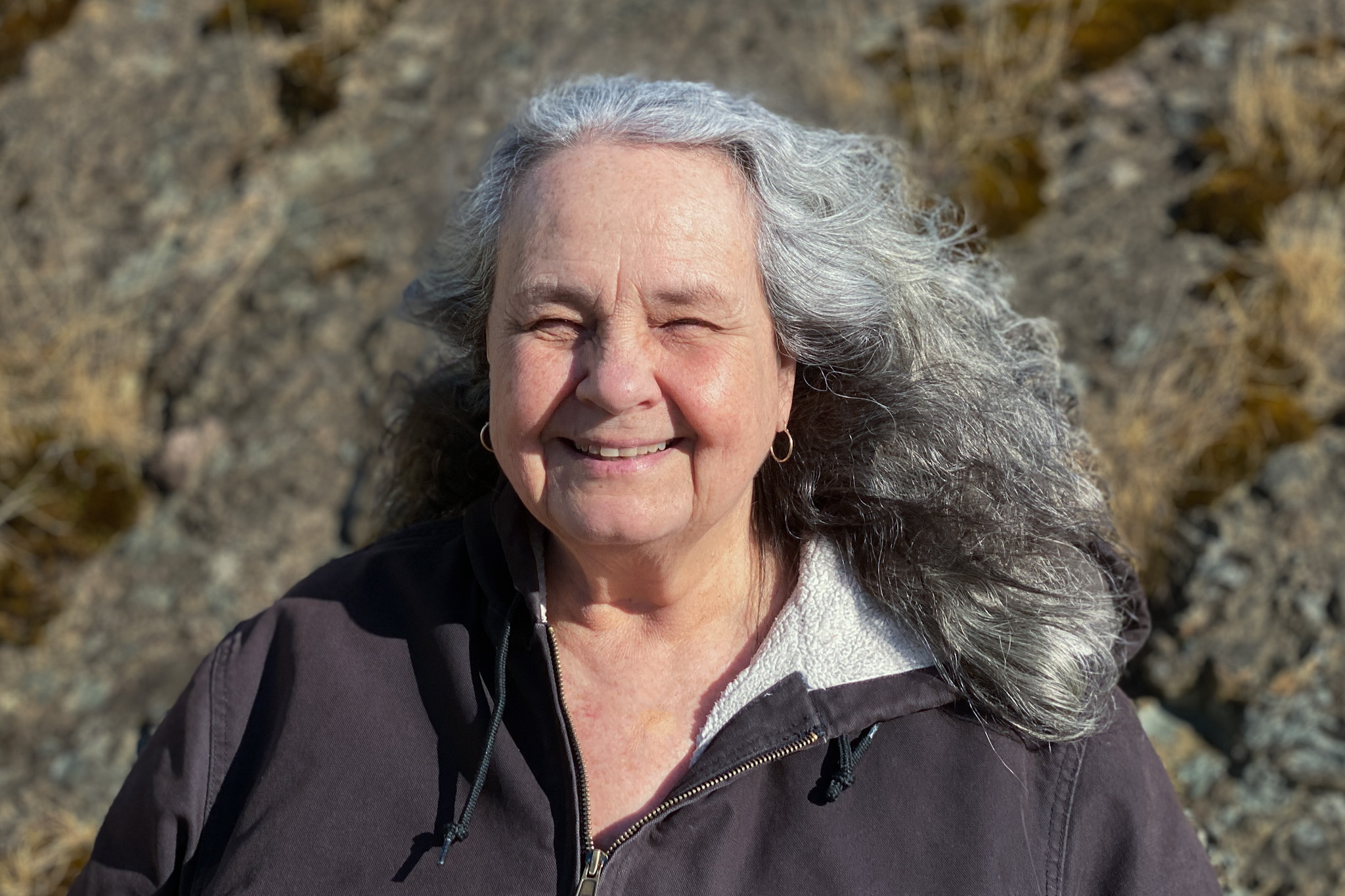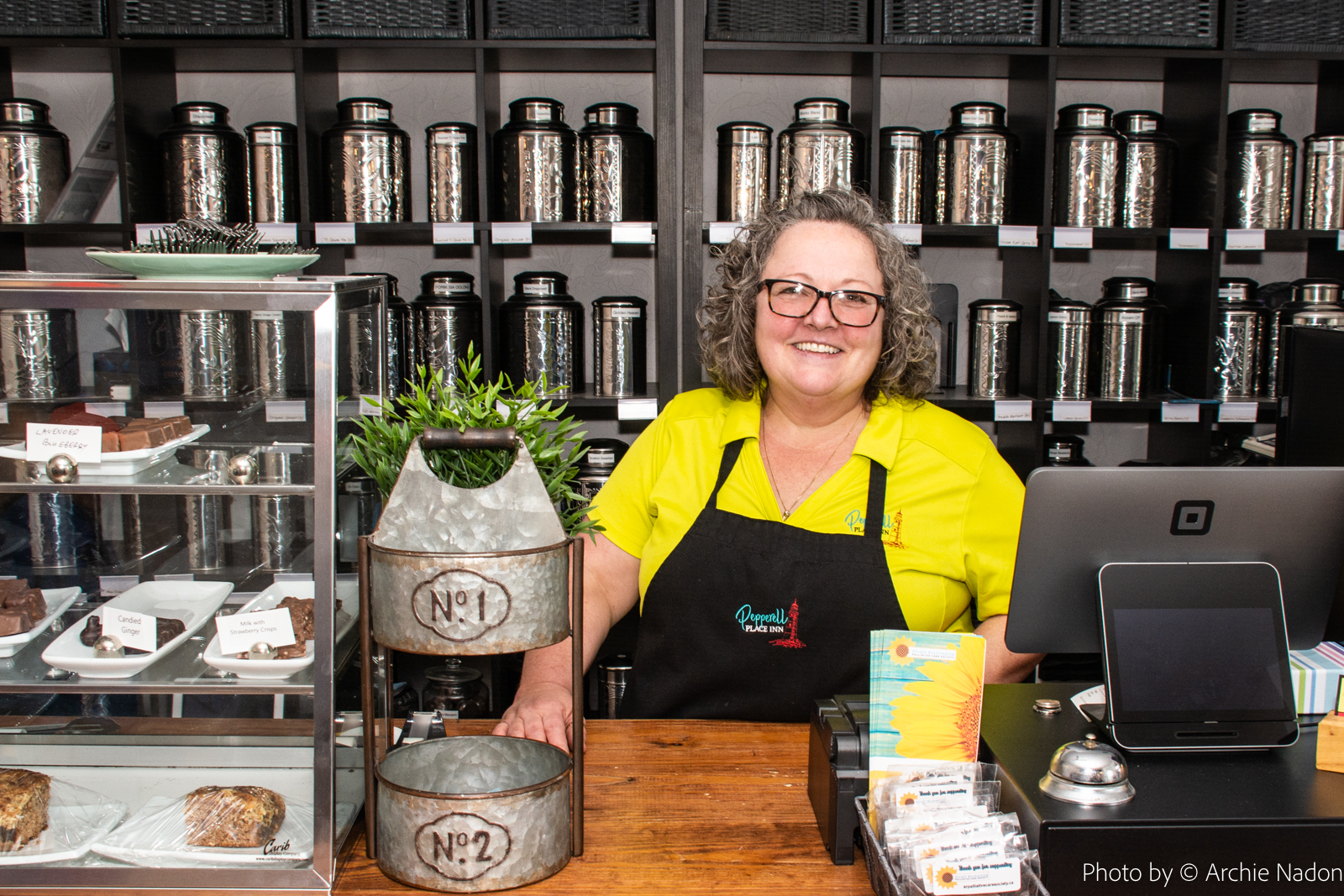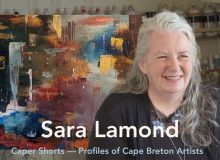Just a small town chocolatier
Cindy Walker says people should eat good chocolate because its umami.
Cindy Walker says chocolate is umami. That’s a Japanese word for “essence of deliciousness” and “overall harmonious state of perfection.” Now all I can think about is how good chocolate tastes.
Cindy trained as a chocolatier at George Brown College in Toronto. Here in her Chocolatea cafe in St Peters she sells her handmade chocolates and blended teas. She sells her chocolate treats in small batches that change weekly, monthly, and seasonally and might also feature a new taste concept like lime basil. Looking at all the chocolates in her glass display cabinet made my mouth water. Mmmmm, umami.
Her first chocolate shop was in Ingersoll, Ontario, but she and her husband moved to St Peters permanently two years ago. She had spent summers in the area for years and loved the landscape and surroundings, but during the pandemic she bought the Pepperell Place Inn in the centre of town sight unseen, became an innkeeper and moved her chocolate making and tea blending business here.

Small town chocolatier
Chocolatiers are artists that craft with food. Just like a painter must understand the qualities of paint, paper or canvas, a chocolatier must understand the physical qualities of chocolate and other ingredients. They engage the senses of taste, smell and sight, their artistry adding to the enjoyment of eating. Perfecting the technical aspects of design and developing the art of flavor takes practice and skill.
Cindy is a down-to-earth woman whose warmth instantly puts people at ease. She speaks in a wonderfully clear voice and laughs a lot. She puts on no airs. “I’m a small town chocolatier,” she says. She just wants to make her chocolate treats and sell them to people coming into her shop. “I don’t even want to sell online.”
And she doesn’t make elaborate showpieces. “I had to do that for my class,” she says, “but it’s very time consuming and it’s generally very fragile. It doesn’t travel well.”
What she does make is handcrafted treats. “I get into drizzles or luster dusts, and dredging. You know how on the Mars bar there’s that ripple of chocolate? Mm-hmm. Right? That’s dredging, I dunno if that’s the official term. That’s what I call it.”
“My number one seller is a caramel pecan cluster,” she says. “It’s like a turtle, but way better. That has three A’s. Waaay better.”
But looking at her other treats she had when we visited we saw labels like “Cashew Caramel”, “Coconut Curry”, “Candied Ginger” and “Milk with Strawberry Crisps.”
The finest ingredients
Cindy uses the finest Belgian white, milk and dark chocolate as her base which contain no artificial ingredients, stabilizers or wax. There’s nothing in any of her products that you can’t pronounce.
“The chocolate that I use versus the baker’s chocolate that you used to steal as a kid from your mom,” she says, “like, that’s not even apples and oranges. That’s like avocados and apples.”
“I start with couverture, it’s a finished chocolate. It’s not a retail chocolate. It comes either in little chocolate morsels called callets or a 10 pound bar. So, I’m not the chocolate maker. I’m the centre maker.” And her centres are hand dipped. She’s emphatic about that. “I hand dip every single one, no machinery, all by hand.”
When she can she loves her centres to showcase the best of the region and show support for other small businesses in her ingredient choices because fresh and local means better taste. This was a lot easier back in Ingersoll in the heart of farming country in southern Ontario. She often partnered with local farmers and food artisans. She’d tell them, “Anything you make, I’ll twist it into a chocolate in some way.” She would feature flavours like fresh cream, maple syrup, honey, beer and fresh seasonal fruit. While she has yet to find those food partners here in Cape Breton, she has only been here for two years.
But why eat good chocolate?
“It’s such a lovely product,” she says. The chocolate most of us grew up with is factory-produced milk chocolate bars and treats which might account for many people’s reluctance to try the more refined or less common chocolate. They like it because they’re used to it.
She thinks if more people would give good, dark chocolate a try they would find they were pleasantly surprised. She hesitates to use the word educate but says, “Steve (her husband) and I are always pushing people to — and I mean that in a very nice way — to try something. We’ll say, ‘Here, try it to see if you like it’ and then they’d go ‘That’s not bad.’” The next step is to get them to add a few into their next box of chocolates for themselves or as gifts.
The power of dark chocolate
Aside from being tasty, high quality chocolate has many benefits, if eaten in moderation. It has vitamins and minerals. It can improve heart health, boost your mood and your memory. It’s an antioxidant and anti-inflammatory; it improves blood flow and blood pressure. And it can help with weight loss, if eaten in moderation, because it gives a wonderfully full, satisfied feeling.
The Olmec, one of the earliest civilizations in Latin America, were the first to turn the cacao plant into chocolate. They drank a bitter chocolate drink during rituals and used it as medicine. Centuries later, because of its taste and pleasant physical effects, the Mayans praised chocolate as the drink of the gods.
Which brings us back to Umami… Umami is also known as the fifth aspect of taste after sweet, salty, sour and bitter. Umami foods like chocolate are satisfying because they contain glutamic acid which binds to specific tongue receptors and makes the food particularly appealing, irresistible, even. These are foods that we are hard-wired to enjoy and celebrate, gods and ordinary mortals, alike. And Cindy has the goods.

Author details
Elaine Mandrona, in addition to being a writer, is a painter and sculptor. She moved to Cape Breton permanently in 2021.







